At the end of 2021, the metaverse — a term representing how companies see the next wave of online interaction, immersive technologies, and cross-platform commerce — has arrived, promising unlimited opportunities. After a pandemic that altered our concept of virtual, Facebook’s rebranding as Meta has become an umbrella for a new wave of ideas. In addition, the metaverse appears to have inspired something in the AR and VR business, which has been struggling to find a name for itself.
However, the metaverse is more than virtual reality headsets and smart glasses. Its approach is to reframe our entire relationship with the internet, from online communities to digital content ownership.
The nature of the technology we use to connect with the metaverse will change dramatically by 2022. Three eagerly awaited headsets should serve as our new benchmarks for what the metaverse might become. The main contestants are Meta, Sony, and, most likely, Apple. Meanwhile, a slew of other businesses is already working on similar initiatives.
The latest metaverse mania has been sparked by Facebook’s rebranding, but the change was not unexpected. Since acquiring Oculus in 2014, Facebook has been heavily invested in AR and VR. The Oculus Quest and Quest 2’s success as low-cost, easier-to-use, and self-contained headsets significantly impact what next-generation VR and AR devices could become. However, Meta’s next headset appears to be more pricey, and it may be the first step toward the company’s AR glasses ambitions.
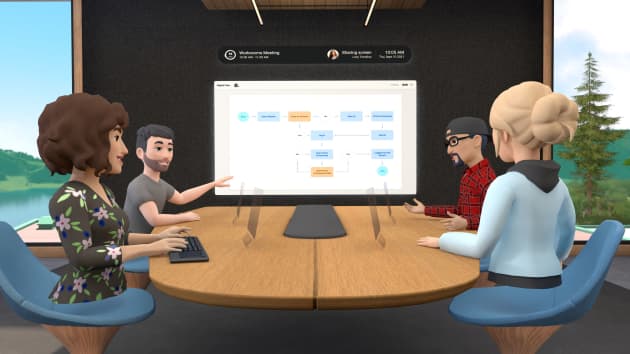
We don’t know much about Meta’s “Project Cambria” headgear, but it’s almost certainly the Oculus Quest Pro device that Mark Zuckerberg discussed earlier in 2021. This new headset, according to Meta, will not be a replacement for the Quest 2 but rather a step-up model with certain premium features.
The headset’s display resolution should be considerably improved. The equipment will contain face and eye tracking, which might collect emotions and reactions and translate them into avatar animations in virtual reality. Other eye-tracking applications include visuals that can be updated using a technology known as foveated rendering, allowing the person wearing the helmet to choose items in VR by simply glancing at them. Eye-tracking introduces a whole new set of data security concerns.
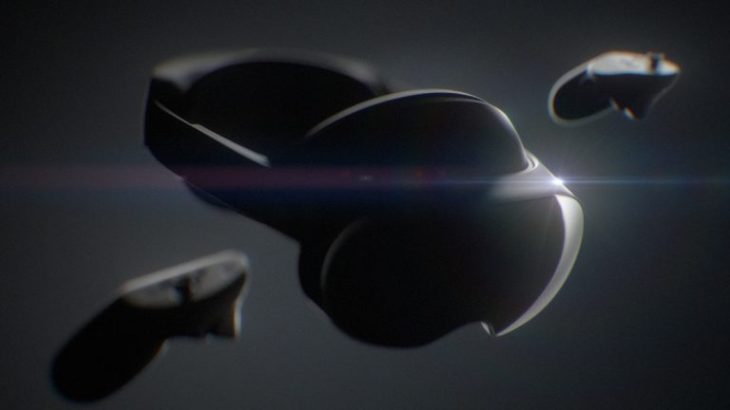
In addition, the Meta Cambria will incorporate color passthrough cameras, allowing for the overlaying of virtual reality into the real world for mixed reality without the necessity of dedicated AR glasses. If Cambria genuinely kickstarts mixed reality, Meta may experiment with app development for a range of ideas that could eventually surface on other glasses-like equipment in the future.
Sony’s replacement to the PlayStation VR headset from 2016 will be released next year. We’re confident that it will function with the PlayStation 5. It’ll have all new controllers and a higher-resolution display. We don’t know how big of a splash Sony’s virtual reality headgear will make, but the potential may be more than you expect.
The PlayStation 5, unavailable for purchase, can have some serious graphics and technology. Some of its newest games already use a fast SSD, improved controller haptics, and 3D audio. In addition, the Unreal Engine 5 from Epic Games appears to be capable of taking the PS5 and other next-gen gaming systems to lifelike levels.
The original PlayStation VR debuted in 2016, the same year that the Oculus Rift, HTC Vive, and Google Daydream arrived. A similar occurrence could occur in 2022. On the other hand, Sony’s ability to rely on the PS5’s graphics engine may allow them to grab the lead this time. Will Sony explore the concept of its early metaverses, such as the flop PlayStation Home? Will the technology rely on long-standing collaborations with VR game developers to make better cross-platform experiences?
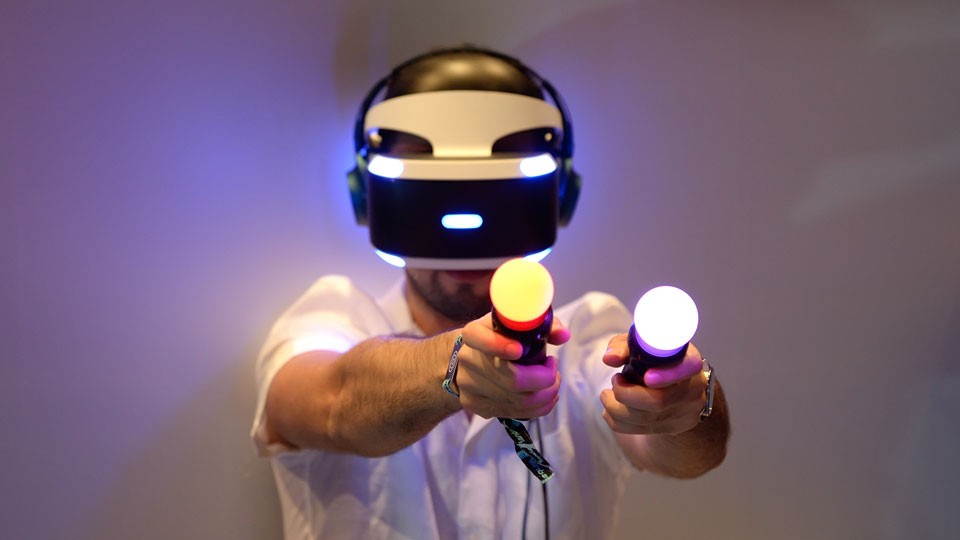
Since the PSVR 2 will not be a stand-alone headset, it will require tethering the PS5 through a USB-C cable. However, similar to Meta’s future headset, the gear could support mixed reality via passthrough cameras. Sources claim it will incorporate eye-tracking technologies to increase graphics performance in VR further. So, don’t bet against Sony.
Now, let’s look at Apple’s wearable products that could reveal where Apple Glasses are headed. Apple’s immersive headset is the one piece of headgear that practically every tech reporter swears is on the way. Apple has been teasing the introduction of its AR and VR devices for years. The use of depth-scanning lidar sensors in recent iPads and iPhones demonstrates how the headset may blend the virtual and real worlds. Apple’s iOS AR technology already supports AR effects and movement tracking. In addition, apple’s own M1 chips, designed for excellent performance, have proven effective in the latest Macs and iPads.
Apple’s technology could be a game-changer because it can do something Meta and Sony can’t: embrace cross-device and phone interoperability. Apple’s headset would almost surely be compatible with its own hardware lineup. If successful, it could offer it an advantage against devices like the Meta Quest 2. Meta is attempting to make its hardware more cross-platform, but integrating with phone operating systems remains a significant challenge. Apple has the potential to revolutionize how these devices work together.
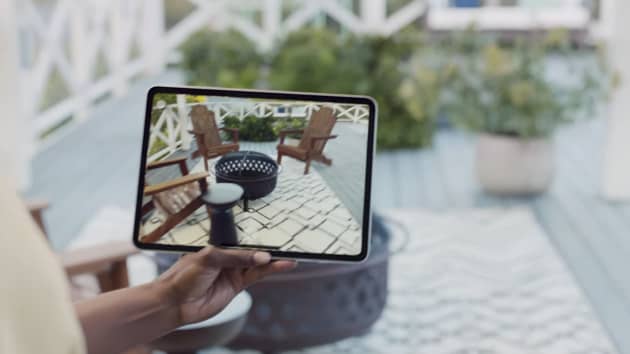
Moreover, keep an eye on Qualcomm. Most existing VR and AR headsets use the company’s chips, but its work on integrating smart glasses and phones could be the most significant indicator of how future headsets will work on the go. Qualcomm already supports a surprising number of existing headsets. And many more are on the way.
Furthermore, Microsoft has a lengthy history with AR and VR, having previously backed its own VR platform, Windows Mixed Reality. The HoloLens 2, Microsoft’s AR headgear, is approaching its second anniversary. Microsoft is working on a cross-device ecosystem called Microsoft Mesh to combine its mobile and PC apps. Next year, teams will be able to use virtual reality. Is Microsoft planning to release a new headgear as well? The Microsoft HoloLens 2 is a high-priced, business-only device. Let us wait for the company’s next move, but a mixed-reality VR headset looks like a reasonable next step.
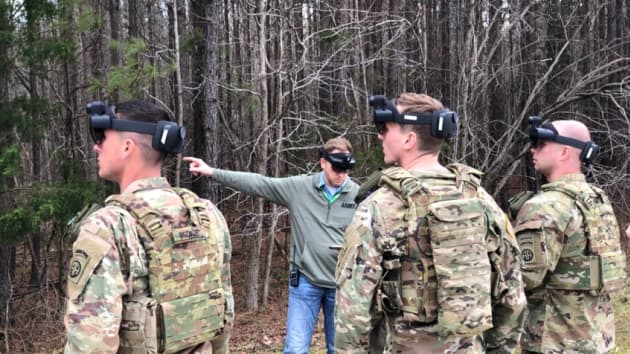
Similarly, Google continues to be a big player. In 2013, Google had introduced Google Glass but decided to discontinue them to develop AR software. However, the company’s operations in these areas ceased a few years ago. Will Google make a comeback next year with a metaverse hardware product? It’s questionable, but Google should never be ruled out.
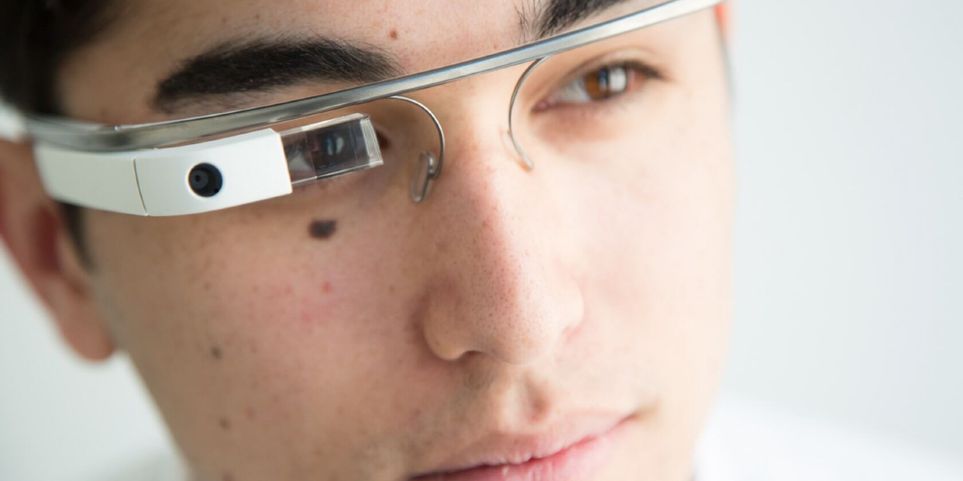
So, where do we see ourselves by the end of 2022? Expect the metaverse to be rebranded and reimagined once more. A year ago, no one had even heard of the term “metaverse.” Now, it’s been featured in several headlines. Facebook capitalized on the renewed interest in a “metaverse,” but many other companies are trying just as hard.


